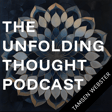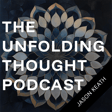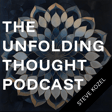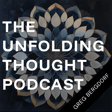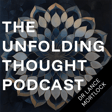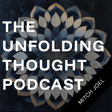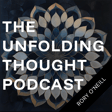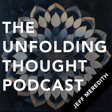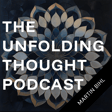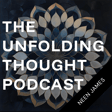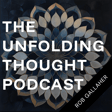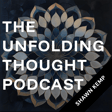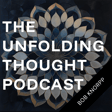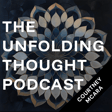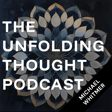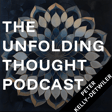
43–Gini Dietrich: Building Trust and Growing with the PESO Model
In this episode of The Unfolding Thought Podcast, Eric Pratum sits down with Gini Dietrich, founder of Spin Sucks and creator of the PESO Model©—a strategic framework for aligning paid, earned, shared, and owned media to build reputation and deliver business results.
Gini shares lessons from her work advising brands, training communicators, and building a thriving media and education company. She explains how trust is built and broken in communications, what it takes to sustain content over time, and why PR needs a seat at the executive table. We also talk about the mindset behind showing up publicly and consistently, even when it’s hard or slow.
Gini’s insights are practical and refreshingly grounded. This episode is a valuable listen for anyone responsible for messaging, marketing, or media strategy.
Topics Explored:
- What is the PESO Model—and how does it create business results?
- Why communicators must learn to speak the language of the C-suite
- The long-game of building thought leadership and trust
- The Spin Sucks origin story and lessons from building community
- Challenges and opportunities in earned media today
- How to know what’s actually working in communications
- Balancing transparency, authority, and discipline in public content
Links:
- Gini Dietrich, Spin Sucks, and the PESO Model: https://spinsucks.com
For more episodes, visit: https://unfoldingthought.com
Join the conversation by emailing Eric at: eric@inboundandagile.com
